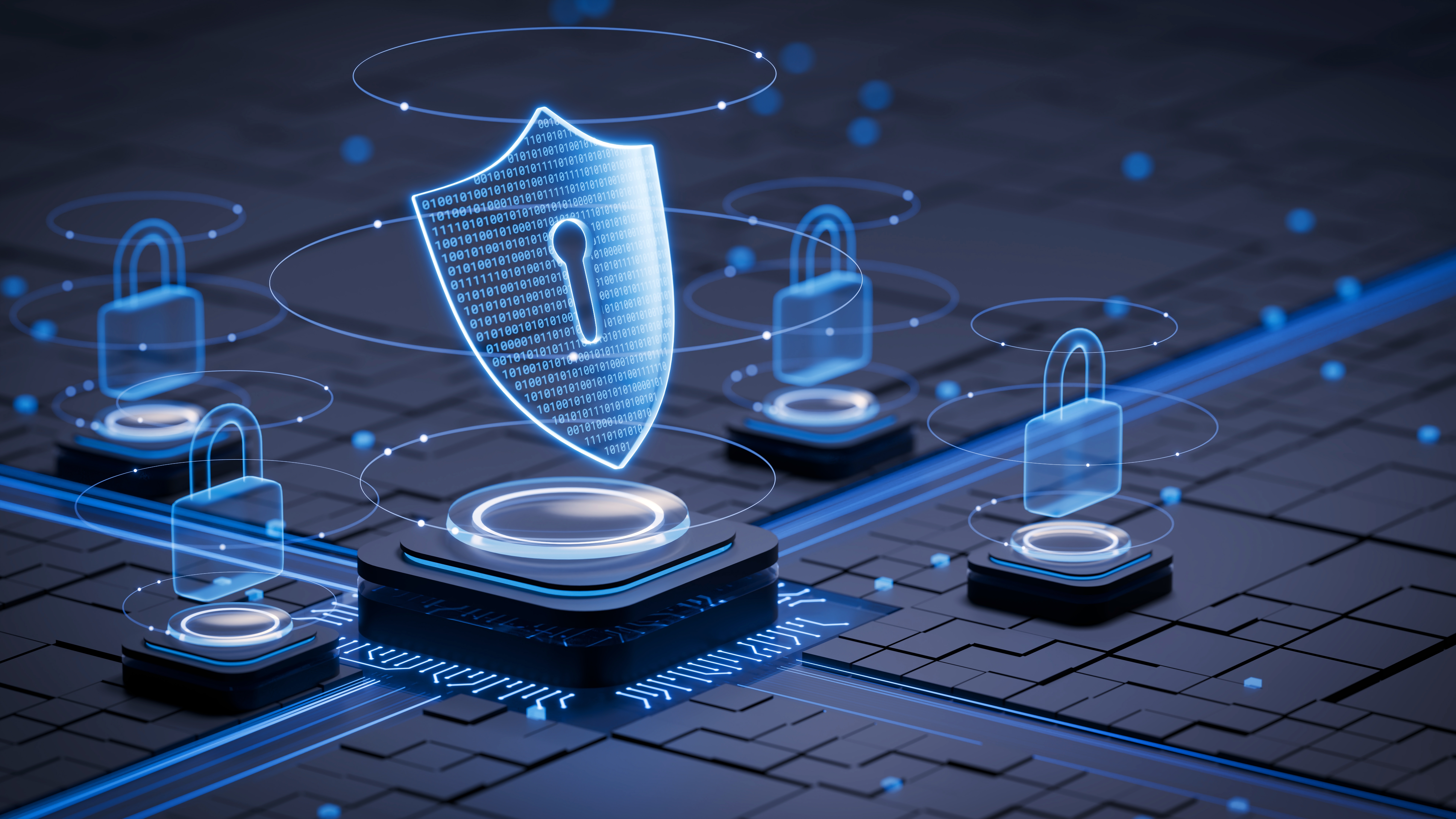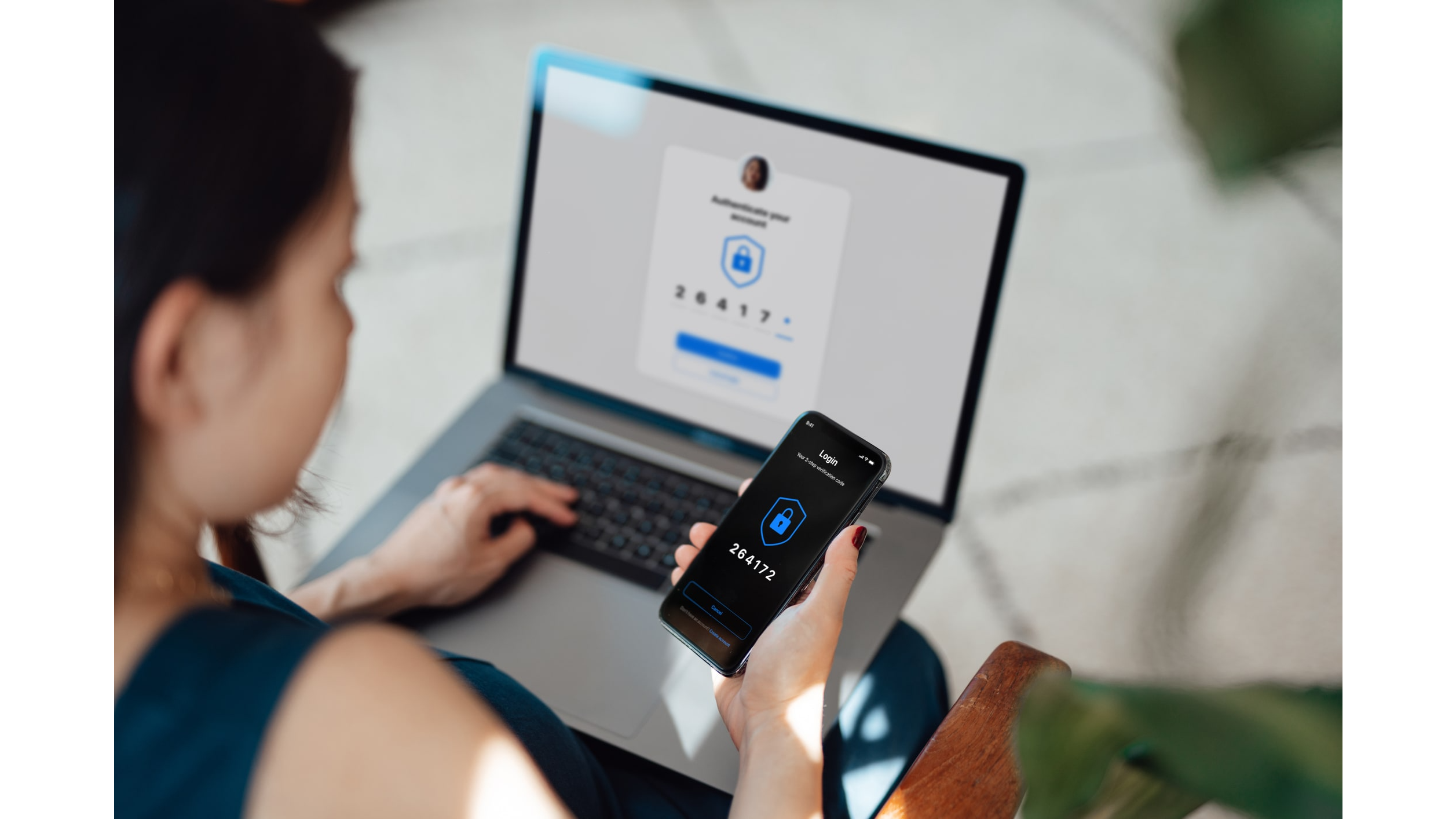Sponsored by NinjaOne
5 vital features reliable endpoint protection services need to have
There’s no such thing as ‘too secure’ in endpoint protection

Cyber threats don’t sleep, and neither should your security. As businesses continue to expand remote work, adopt hybrid cloud environments, and deploy more endpoints than ever before, covering all the bases becomes absolutely mission-critical.
It’s increasingly challenging to stay on top of it, especially considering not all services claiming to offer protection are created equal. To truly defend against the constantly evolving cyber threats, your solution needs more than just the basics.
To cut through the noise, here are five essential features every reliable endpoint protection platform should offer.
Reader offer: Get a 14-day free trial on NinjaOne
NinjaOne is a cloud-based IT management platform designed for IT professionals. It offers features like remote monitoring, patch management, asset tracking, and automated remediation, enabling efficient device management across various environments. With capabilities such as secure remote access, real-time alerts, and mobile device management, NinjaOne streamlines IT operations.
1. Real-time threat detection and prevention
Efficient endpoint protection begins with speed. Real-time threat detection and prevention guarantees that malware, ransomware, and zero-day exploits are caught the second they show their ugly face and before they can do any damage. The quicker your systems are in responding to these threats, the better protected your data and devices will be.
Nowadays, nearly all antivirus solutions possess this option. Usually, it works in the background, scanning for viruses and malware by checking directories and individual files against databases of exploits and signatures.
Additionally, it takes notice of any unusual patterns and behavior of files and programs, as well as automatically removes all malicious software upon detection.
When deploying real-time threat detection, a capable endpoint protection system will compare the previous and current size of a suspicious file and look for odd code ‘jumps’ and code that seems out of place.
Some older forms of protection technology still present in certain antivirus programs will also scan files byte for byte, computing the SHA-1 hash of items.
2. Advanced endpoint detection and response (EDR)
Basic antivirus tools can no longer handle modern threats. Advanced EDR capabilities are the only way to keep them at bay, as such solutions allow for deep behavioral analysis, threat hunting, and automated responses to sophisticated attacks.
With EDR, IT teams can detect and quarantine hazards rapidly, limiting the blast radius before an escalation.
At its core, EDR is a monitoring solution that augments a cybersecurity system through the analysis of every single event on the endpoint. It is an extension of the Endpoint Protection Platform (EPP).
Instead of blocking a single activity, EDR has a constantly activated monitoring system through which threat actors can be located and dealt with.
A company that doesn’t have EDR available for its security team might fail to recognize that an attack happened, as well as learn where it originated, how it spread, and, more importantly, how far it reached inside the network.
When an organization implements EDR in its infrastructure, it gains access to all of these details for later inspection of an incident, even if the attackers succeed in their endeavor.
3. Device and application control

The best endpoint protection platforms offer a comprehensive overview and control over connected devices and all the applications running on them.
It doesn’t matter if we’re talking about blocking USB storage or limiting suspicious software - this capability reduces your attack surface and keeps unauthorized access in check.
In a time where the rise of BYOD (Bring Your Own Device) across the business landscape has created a whole new set of challenges for business owners and administrators, this feature is all the more important.
It ensures that the devices being used across their organizations are properly managed to meet the necessary security and data management policies.
A particularly challenging phenomenon is the so-called ‘unknown unknowns.’ These are devices that are unmonitored and unmanaged but can nonetheless gain access to critical corporate assets.
The right tools can help you address these most dangerous kinds of security gaps, which create vulnerabilities that can’t be closed because they’re not even on your radar.
4. Patch and vulnerability management
Failing to patch software in a timely and suitable manner is like leaving your front door open to all sorts of malicious actors.
Built-in patch and vulnerability management allow your security solution to identify missing updates and deploy them automatically, closing the gaps before any attackers get the chance to exploit them.
With new software vulnerabilities and exploits appearing on a daily basis, it’s vital to install operating system and application security patches just as soon as they’re released. Considering that this is not always easy to perform on your own, employing a robust endpoint protection service to do it for you can save you a lot of trouble.
Solid patch management begins with a wider vulnerability management program, making sure that your IT department understands its assets and specific vulnerabilities.
Then, a reliable endpoint protection service will establish a strategy for implementing patches by setting up alerts and monitoring the big players for new releases.
It will constantly check for holes through regular device audits, patch testing, and rollback plans. Also, it might schedule auto-updates during non-business hours to patch with as little disruption as possible.
Finally, it will prioritize the patches according to business importance, fundamental to your day-to-day operations.
5. Single-pane-of-glass view

Managing multiple endpoints across various locations and teams is difficult when there’s no centralized console. A ‘single-pane-of-glass’ view provides administrators with one unified dashboard to keep track of, manage, and successfully deal with threats. This way, they can streamline operations and improve response times.
Specifically, this approach consolidates communications data from multiple channels into a single, real-time dashboard. It refers not just to all the information being visible in one place but also to its transparency, as nothing is hidden or obscured.
As opposed to managing different supervision areas across email, chat, social media, and mobile, compliance teams can monitor everything through one interface.
This provides them with a holistic view of all employee interactions, ensuring greater efficiency, clarity, and regulatory adherence.
Conclusion
All things considered, endpoint security is now far removed from just installing antivirus software and hoping for the best.
Today, threats continue to evolve, and businesses are becoming more connected, so endpoint protection services must rise to the challenge.
Your quest to find the right platform has to involve asking the tough questions. Does it detect threats as they take place? Can it help you investigate and respond? Does it simplify administration or create more work?
If you’re aiming for a stronger, smarter defense (and we’re guessing you are), then these five key features must be part of your endpoint protection strategy.
FAQs
What is the best endpoint protection?
The best endpoint protection platform combines multiple advanced features to detect, respond to, and prevent cyber threats in real time. It should cover real-time threat detection, advanced EDR capabilities, device and application control, automated patch and vulnerability management, and a centralized management dashboard. Leading solutions are those that successfully balance ease of use, automation, and deep visibility into your infrastructure.
Do I need both EDR and antivirus?
Yes. Although there’s overlap, EDR and antivirus serve different purposes. Antivirus software prioritizes identifying known threats using signature-based detection, whereas EDR systems analyze behaviors, hunt for hidden threats, and help you respond to attacks after they occur. A modern cybersecurity stack uses both side by side, with EDR extending protection beyond prevention to include investigation, response, and forensics.
Is VPN endpoint protection?
Not exactly. A VPN (Virtual Private Network) levels up privacy and secures data in transit by encrypting the connection between a device and the internet. While it helps protect against certain risks, such as man-in-the-middle (MitM) attacks or unsecured Wi-Fi threats, it doesn’t detect malware, block ransomware, or respond to endpoint-specific threats. VPNs are a useful security layer, but they are not a substitute for endpoint protection platforms.
Sign up to the TechRadar Pro newsletter to get all the top news, opinion, features and guidance your business needs to succeed!
Sead is a seasoned freelance journalist based in Sarajevo, Bosnia and Herzegovina. He writes about IT (cloud, IoT, 5G, VPN) and cybersecurity (ransomware, data breaches, laws and regulations). In his career, spanning more than a decade, he’s written for numerous media outlets, including Al Jazeera Balkans. He’s also held several modules on content writing for Represent Communications.
